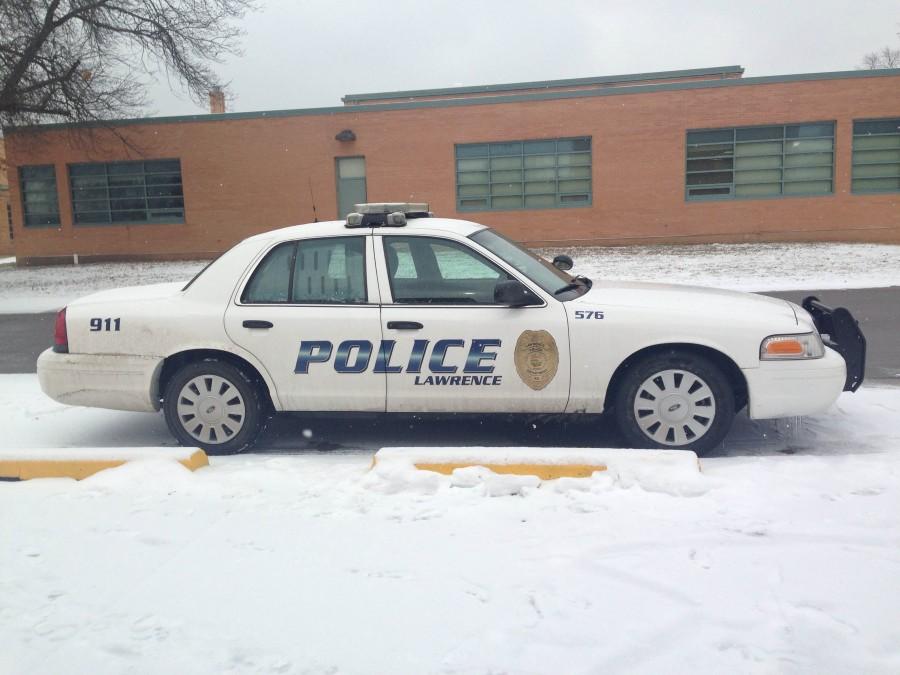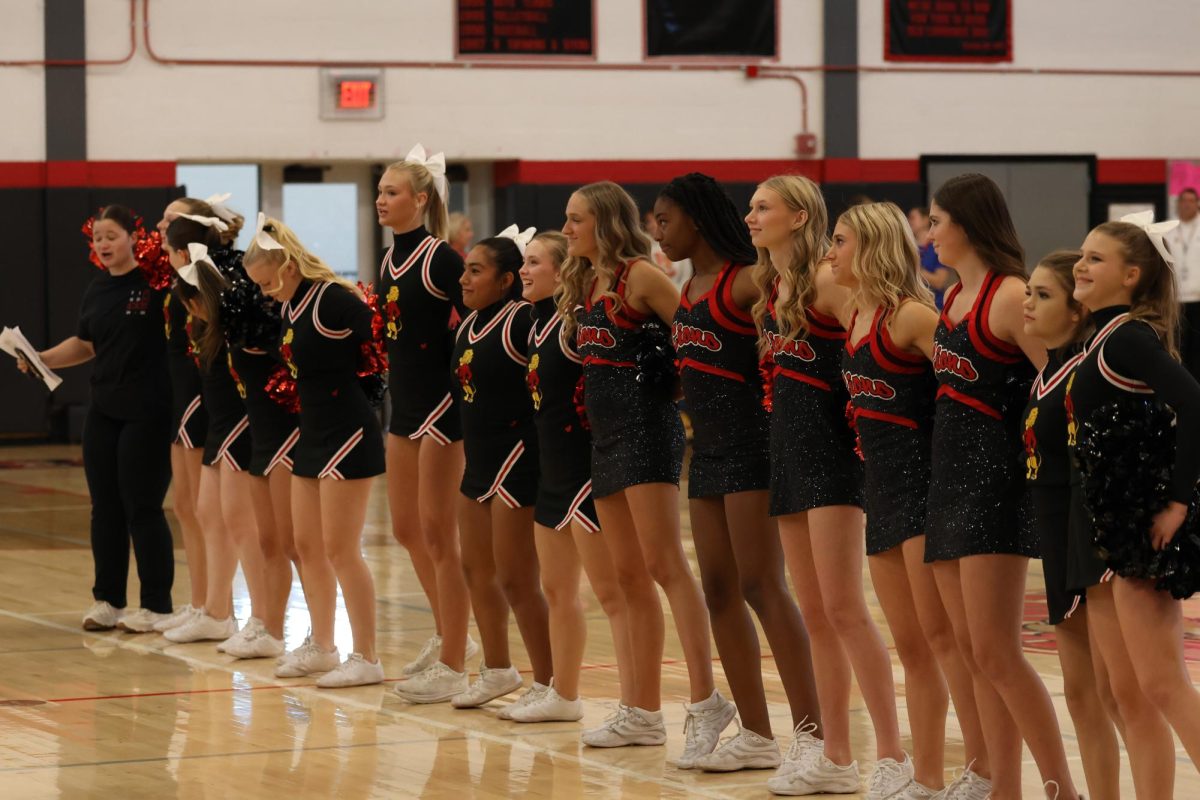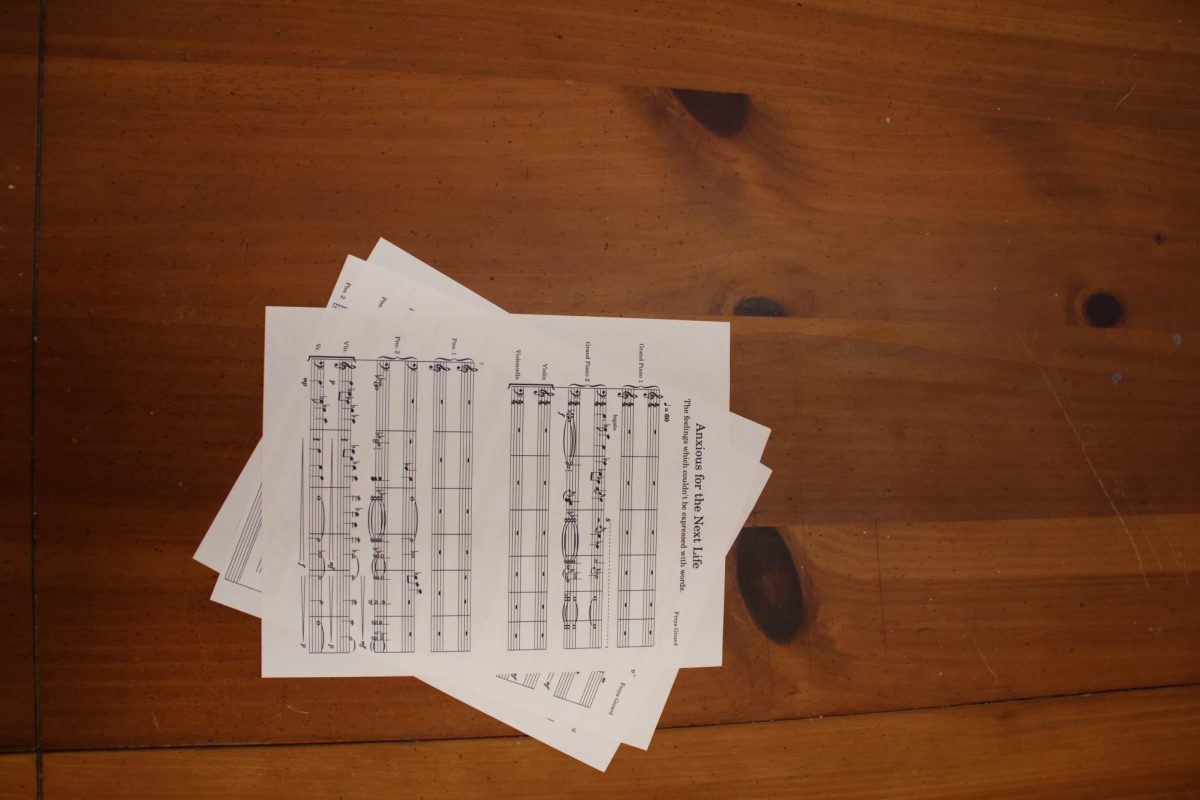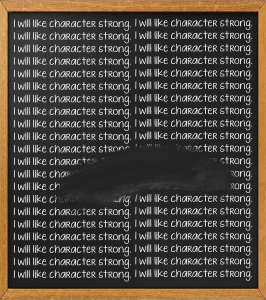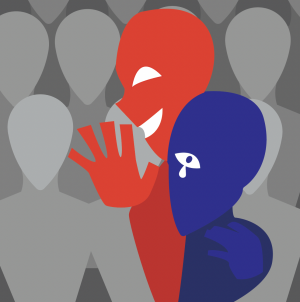What to do when pulled over
SRO offers tips on how to act when stopped by police
January 26, 2016
You are cruising down the street, no cares in the world, music blaring. As you sing along to your favorite song, your personal concert is interrupted.
Red and blue lights flicker in your rearview mirror and it suddenly hits you that 45 turned to 50, 50 blended into 55 and all of a sudden you were shooting past the police officer 20 miles per hour over the limit. You pull over to the shoulder and your hand tremblingly shifts your gear to a shuddering park.
Palms sweating, you try and control your breath. You see the silhouette reflection of the police officer growing larger in your side mirror as he paces closer to your car. You slowly roll the window down, counting the seconds going by while your heart pounds in your chest. You stare blankly into the eyes of the officer and open your mouth as you think of a thousand different things to say, yet nothing comes out.
In high school, many people begin driving themselves around more and more and with this comes the higher chance that a new driver will be pulled over.
Teenagers get pulled over for often simple infractions, such as a broken tail light or going a few miles over the speed limit. Although many people will be pulled over when they first start driving, few know how they should handle themselves in the situation.
Officer William Bradford, LHS’s Student Resource Officer, told The Budget what you can do, what you can’t do, and most importantly, what you should do when you are pulled over.
1. Stay calm and pull over when it is convenient for you and the officer.
Always make sure you are pulling over in an area that is safe for both you and the officer.
“If it’s a busy intersection or a busy street, pull over to an empty parking lot,” Bradford said.
2. Turn your car off and wait for the officer to come to you, with both hands on the wheel.
After having come to an area suitable for the both of you, make sure to stay in your car with both hands on the wheel. This shows the officer that you are not concealing any weapons and lets them see your hands for the entirety of the encounter.
“Even if I were to be stopped in my own personal car, I would put both hands on the wheel because… why not? Whoever is walking up to the car doesn’t know me and I don’t know them,” Bradford said.
Staying in the car is common protocol and often times if you leave the car— barring being asked to leave by the officer— you will just be asked to return to your seat, Bradford added.
3. Be prepared to show license and registration.
For any traffic stop, it is protocol for officers to ask to see your license and other registration. It is essential to have these important documents, but if you cannot produce a digital copy at the time, don’t worry.
Any ticket or charge can easily be dealt with if the proper documents at court are produced within a certain amount of time, specific to infraction, Bradford said.
4. Stay calm and courteous throughout the entirety of the encounter.
Most of the time no tickets are given when pulled over, which should be reassuring to a first time offender.
“There is no quota,” Bradford said. “[Officers] do not make traffic stops to make more money. We make traffic stops for the best interest of traffic safety and safety in general.”
Being polite to the officer and using your best manners can often times save you from a ticket and will make the encounter quicker. Not being cooperative typically puts the officer in a bad mood, and can quickly turn one ticket into two tickets, and is worse in the long run.
5. Finally, know your rights.
All rights that belong to you as a citizen are still applicable to you as a driver. You still carry the rights to refuse a search, the right to remain silent and the right to an attorney.
If you feel an officer is violating you in anyway you have the right to speak with a supervisor, which are almost always on duty, Bradford said.
Most officers will be more than happy to contact their supervisor who can then come and handle the situation if you feel you are being mistreated.
These five steps will minimize misunderstanding and issues with an officer when pulled over for the first time and can be used for the rest of your driving career.



